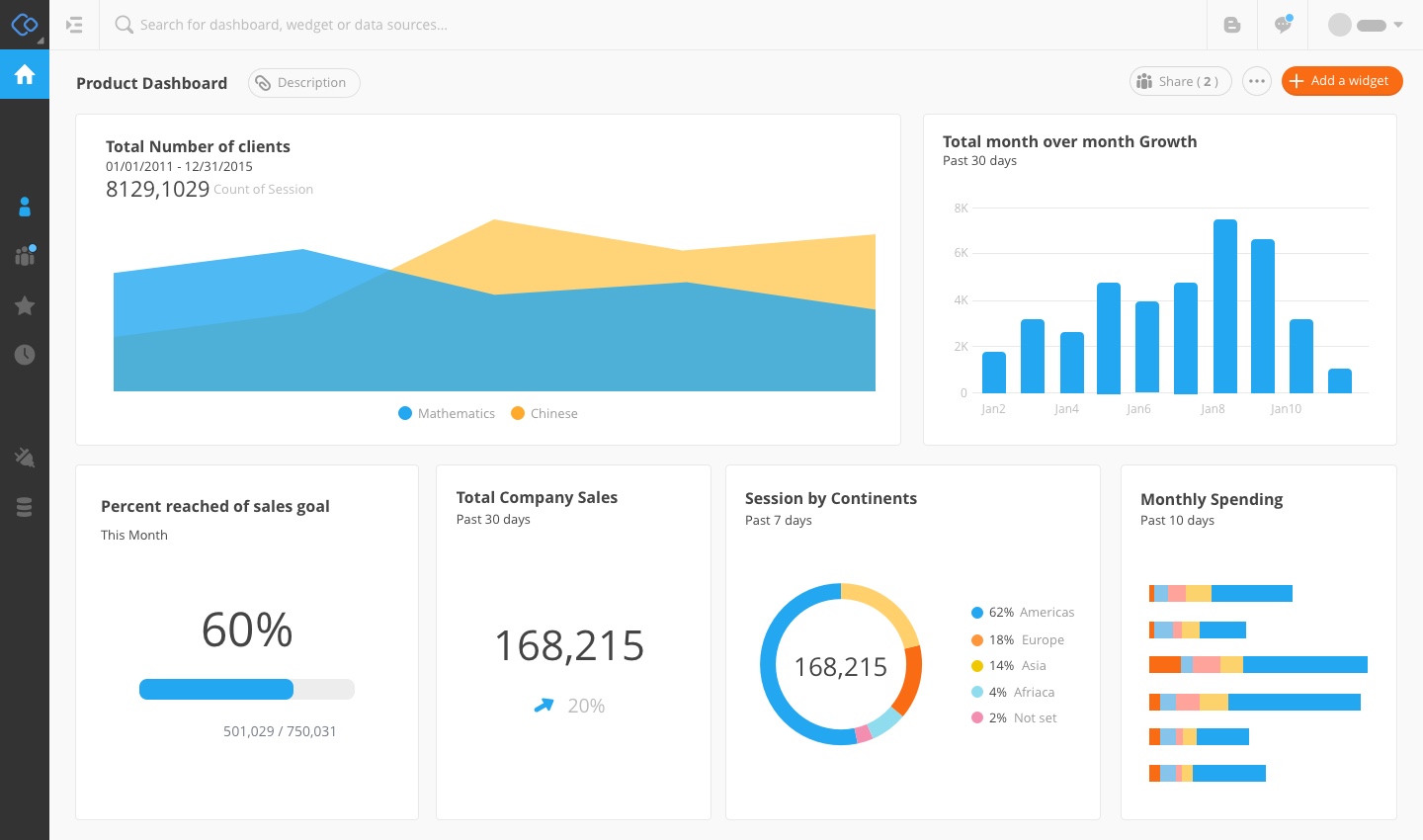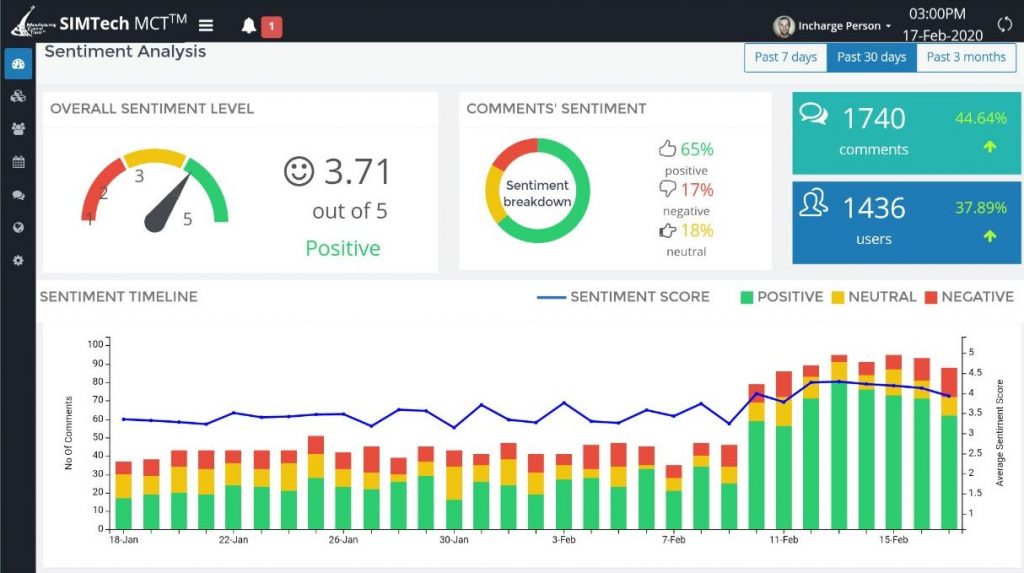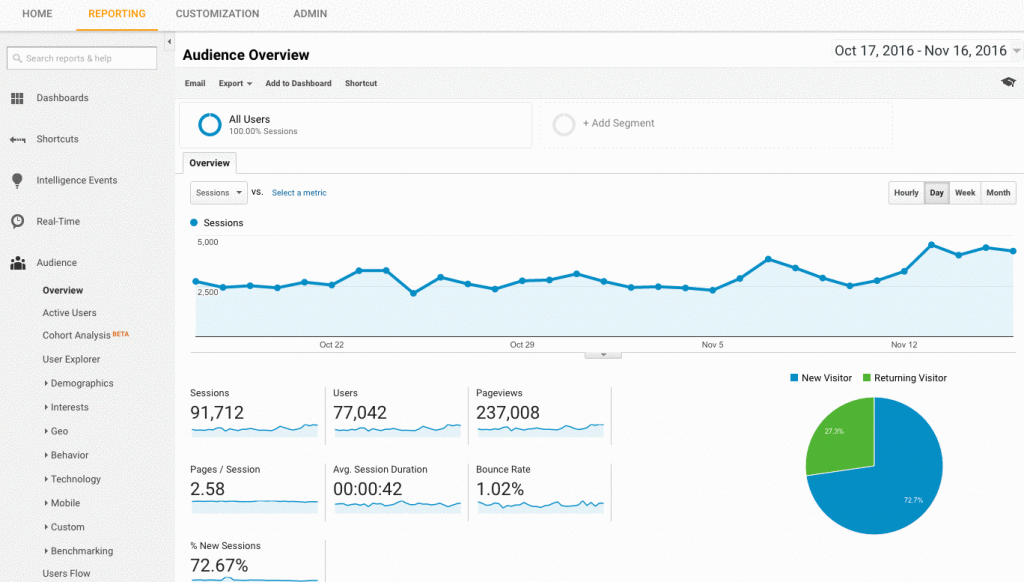
Marketing Analytics: 5 Metrics that Matter to Bottom Line
What you can’t measure, you can’t improve. That’s a sacred rule of marketing.
Interestingly, online marketing is unique in its approach to this. There’s a whole lot of data you can fetch from your marketing activities, with different tools available to help dig as deep as you want.
From what you do on social media, to how that last campaign impacted on your lead generation flow – as long as you want it, the data is most likely available somewhere.
But while many businesses know about the need to track the report of their online marketing activities, not many are focusing on the most important metrics. All metrics are great in their own ways, but a few of them deserve some special attention because they explain what’s going on at the revenue end – your bottom line.
Have you heard about vanity metrics? Think of Facebook likes, Instagram comments, Twitter followers, and other surface-level metrics that don’t imply user or customer growth. In fact, a study by eMarketer reveals that vanity metrics give business executives the impression that digital marketing doesn’t work.
As a business owner, founder, or marketing executive, you know that if it isn’t connecting to revenue, it’s just probably not worth it.
Away from the vanity metrics, what data should you track in your digital marketing activities, to reveal the real value you’re getting. Let’s run through these big five.
Sentiment
Yes, this comes first. It’s actually foundational to every other metric. What’s the public saying about your brand? Is your reputation in good shape?
If you’re aware of what sentiment your brand has gotten over time, that gives you an idea of how receptive your marketing messages would be to the audience at every time. Plus, you also get an idea of what sentiment comes from your ongoing marketing activities.

HubSpot suggests Sentiment Analyzer, Brand Watch and ten other tools that you can deploy now to get you started with sentiment analysis.
Goal Completion Rate
If you’re familiar with Google Analytics or other reporting tools, and you haven’t been using goals tracking, now is the time to start.
For as many major endpoints as you have on your website or landing pages, set goals. Google Analytics is probably the simplest one for this. For example, if you’re looking to confirm how many people get on a payment success or thank you page, this is your go-to tool.
Growth in Quality Leads
How many quality leads did you gather in the previous month? If you can’t point to that, you’ve missed another point on your essential metrics checklist.
It’s important to keep an eye out for the quality leads you get, because that has a lot to say about your marketing outside of immediate sales. Ensure your email marketing tool is rightly connected to your lead forms, with the right pre-qualifying questions to weed out leads with a lower value.
Cost Per Acquisition
This is also simple. Find out how much it costs you to get a customer. By this, I don’t mean leads. It can even only mean a user if the user has a monetary value to your business.
So, to get one paying customer, how much was spent. Imagine selling a product of N5,000, and getting a customer at N1,000 or more. That’ll be grave. But if you’re not deliberate about tracking this, you won’t be able to spot the trend and find ways to correct it
Even if you’re spending high to get a customer or user, do they have enough customer lifetime value to justify that? Don’t hold back from doing the maths.
Marketing Influence on Acquisition
Virtually all major analytics tools would provide you with a graph that highlights the marketing results you’ve gotten within a time frame, sometimes up to a year.

The main goal of this is to see how your marketing has influenced the curves over time. You can spot the highpoints, and connect with your marketing activities. The data here helps you plan better, while also knowing what marketing to scale, and which one to stop.
Conclusion
There you have it: the keys to unlocking more results from your online marketing activities. Reports and data are everywhere, but not each one has a say on how your business is doing in real terms.
And if you’re wondering how to go about this, to make your reporting better, our team would be excited to run a quick audit on your brand. Send us a brief here.
It’s time to restructure your reporting modalities and focus on what matters to the money.
Is there any metric you’d like to add, or a question you’d want to ask? Let’s continue the discussion in the comments.

This Post Has 0 Comments